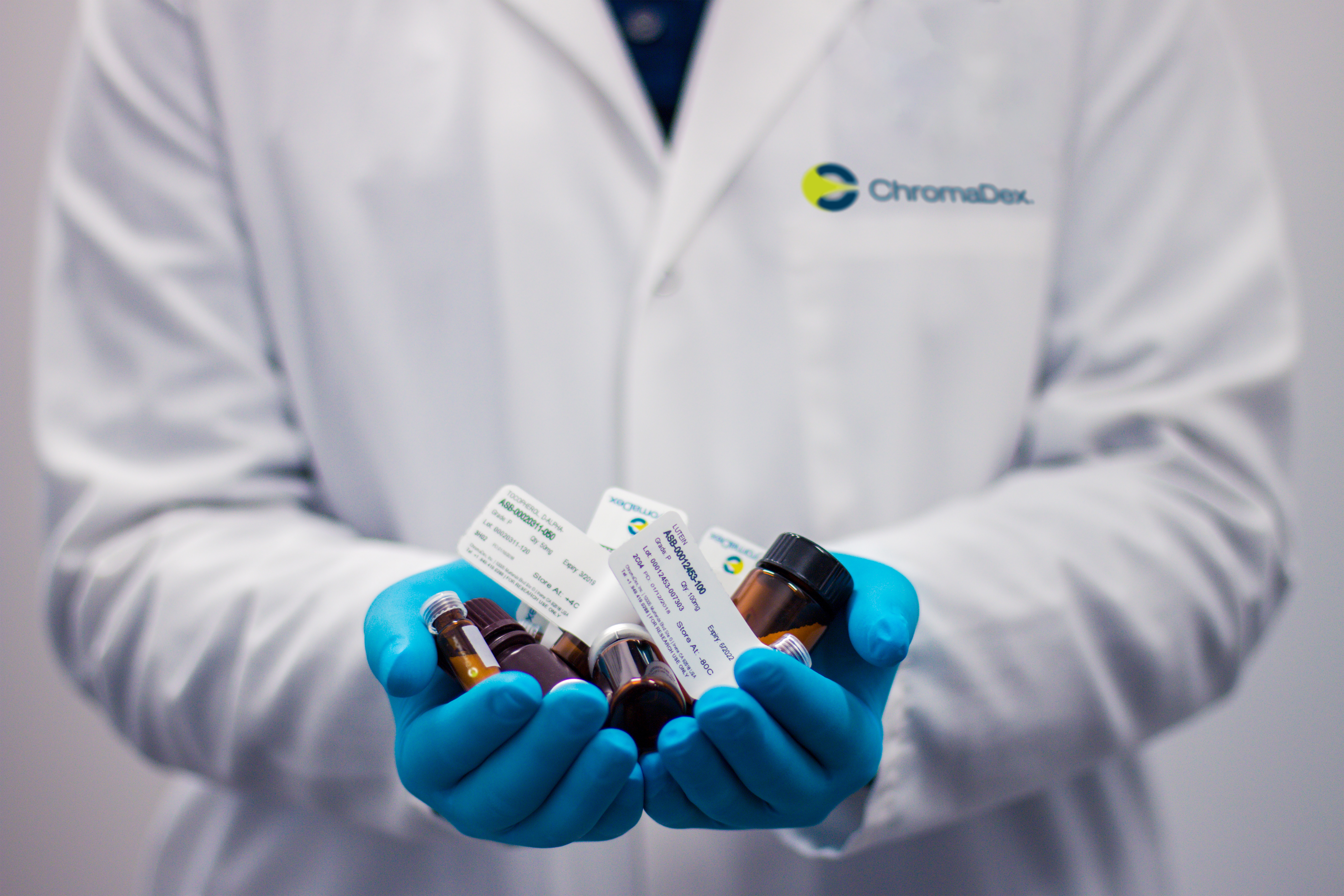Understanding PRP Therapy
If you have thinning hair, you may have tried a myriad of products and therapies to thicken or regrow what you have lost. If the treatments you’ve already tried aren’t working, it may be time to explore PRP therapy. In recent years, PRP therapy has become an increasingly popular treatment because it has the potential to inspire significant results that last. While PRP isn’t the best treatment option for everyone with thinning hair or hair loss, if you’re a good candidate for this therapy, it may be an approach that is worth your effort to try.
What Is PRP?
As an experienced PRP hair loss doctor can explain in greater detail, PRP stands for platelet-rich plasma therapy. PRP uses your own body’s natural substances and processes to restore tissue and accelerate healing. PRP therapy is used on many different areas of the body, depending on the kinds of medical conditions that a patient is grappling with. Hair growth and hair regrowth may occur as a result of PRP therapy in patients who are good candidates for this treatment. Individuals who suffer from male pattern baldness and some alternative causes of hair thinning may benefit from this particular approach to hair loss treatment.
How Does PRP Work?
PRP uses a patient’s own platelets to promote healing and growth. This approach is superior to some alternative therapies because there is virtually no risk of a rejection or allergic reaction to placement of one’s own platelets underneath one’s own skin.
Platelets help to promote healing in everyday situations. If you cut your finger on a jagged rock, your platelets (which are a component of your blood) spring into action to accelerate the processes that regrow and strengthen tissue. When PRP was first proposed as a theory, researchers mused that if they could concentrate the reactions that protein-rich platelets inspire, they could accelerate healing in damaged tissue and growth in tissue that is (essentially) underperforming.
You may have heard of athletes receiving PRP therapy when they’ve sustained damage to tendons and ligaments and are in need of a process to speed healing that is compatible with the ways in which these unique tissues repair and operate.
PRP Hair Growth and Regrowth Basics
If you try PRP therapy, a healthcare provider will draw some blood and place that blood in a centrifuge to separate your platelets from the rest of your blood products. They will then extract the platelet portion of your blood and inject it into targeted areas of your scalp. You may need to return for several sessions to achieve the maximum potential offered by this therapy.
Research and patient experience indicate that, for some patients, PRP therapy can significantly thicken and/or regrow hair. It is important to avoid making assumptions about whether you’re a good candidate for this therapy until you’ve spoken with a physician who regularly performs this procedure.


